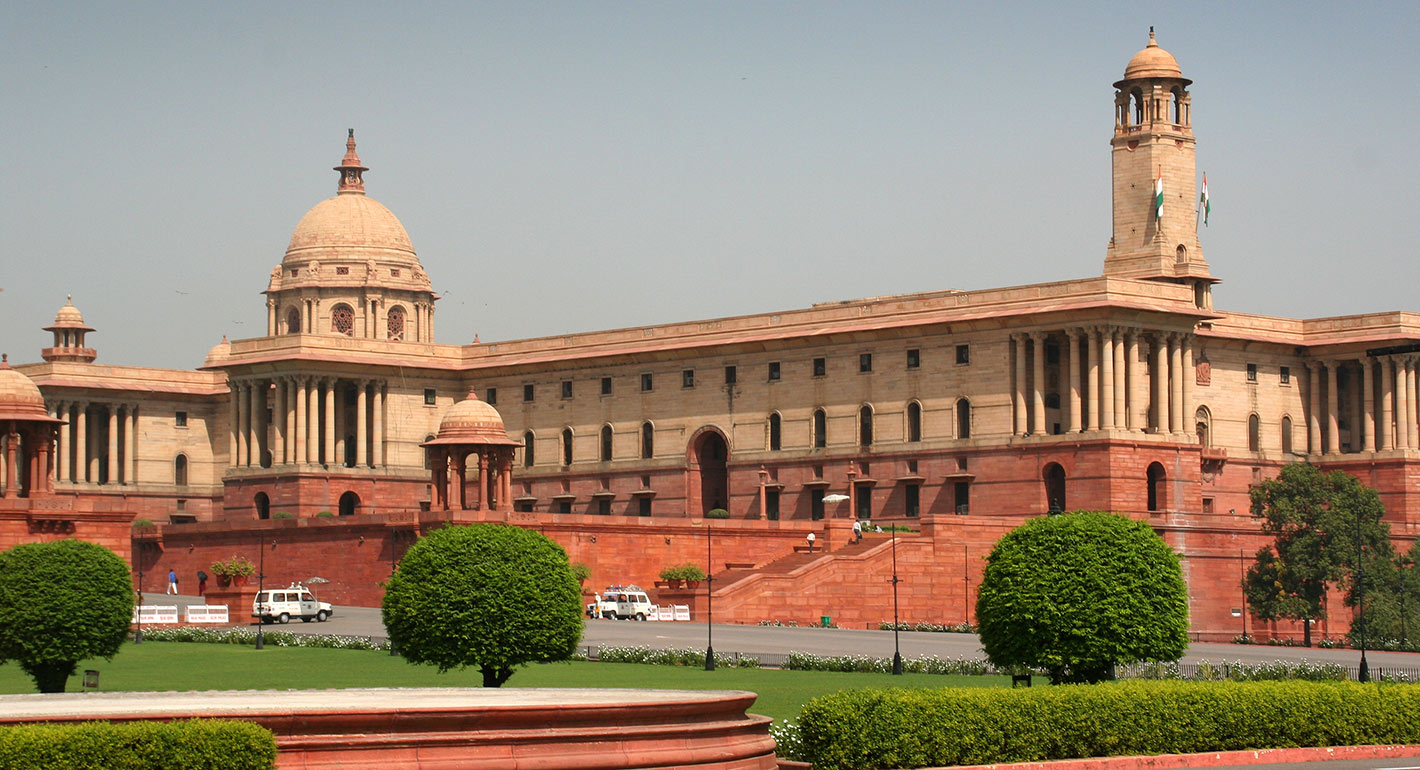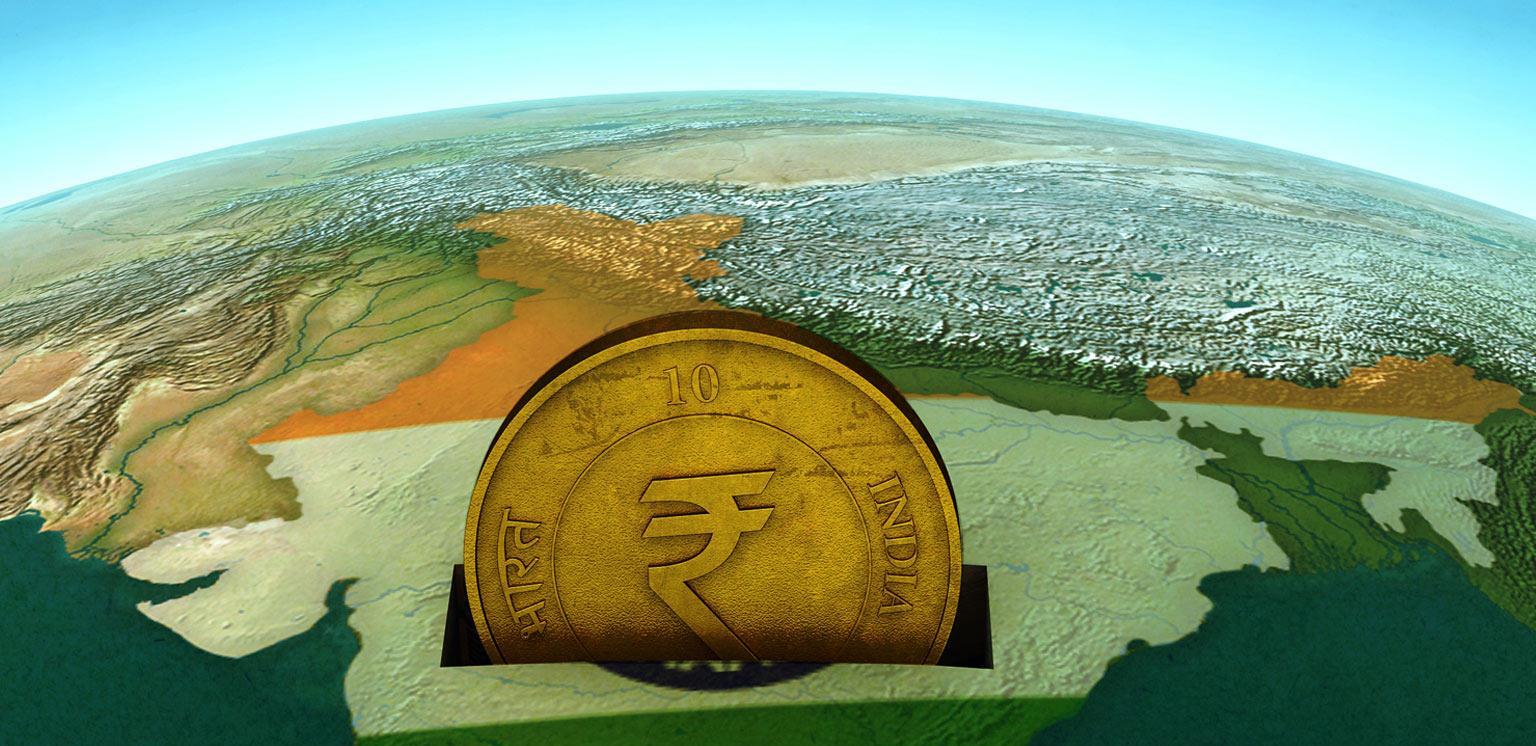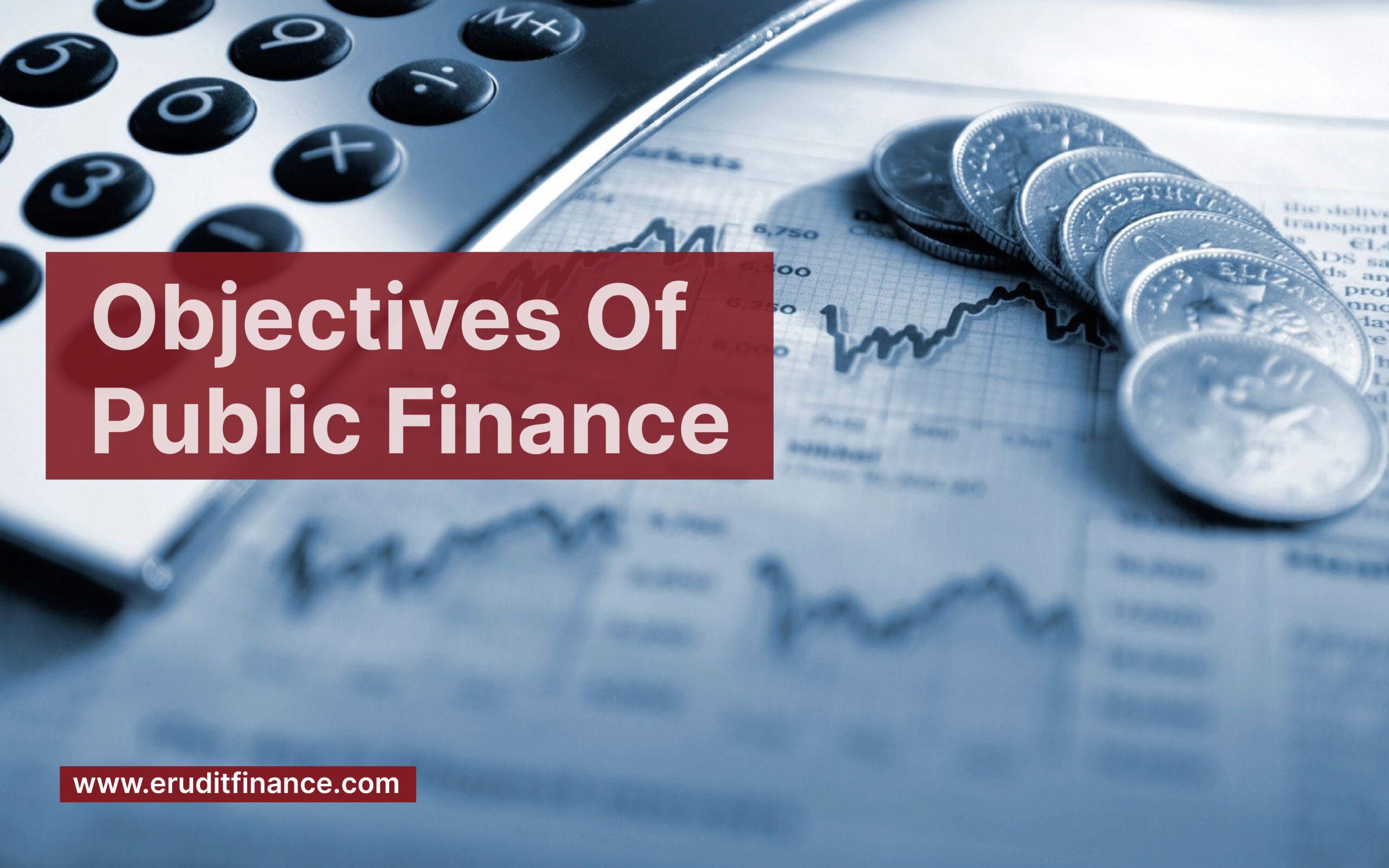Introduction
Objectives of Public Finance revolve around efficient resource allocation, economic stability, and social welfare. Governments utilize taxation, spending, and debt management to foster economic growth, address income inequality, and provide public goods and services. Stabilizing the economy through fiscal policies, public finance aims to create a conducive environment for sustainable development. Balancing the needs of citizens and maintaining fiscal responsibility are core to achieving these objectives. The intricate interplay of revenue generation, budgeting, and expenditure aligns public finance with broader societal goals, shaping the economic landscape and improving the overall well-being of communities.
.
Objectives of Public Finance
The objectives of public finance encompass the following key goals:

| Resource Allocation: | Ensure an efficient allocation of resources, addressing diverse societal requirements and steering towards optimal utilization for an enhanced economy. |
| Economic Stability: | Enforce monetary policies on the economy by adjustive taxation and expenditure, as well as adjustable levels of debts. |
| Redistribution of Income: | Tackle the issue of income disparities through increasing taxes and making specific investments towards disadvantaged communities. |
| Public Goods and Services: | Offer vital items of a public nature like infrastructure, education, and healthcare that might get unmet in the privates. |
| Encouraging Economic Growth: | The government should foster growth through sound fiscal policies that provide conducive business environments for investment, creativity, and business ventures. |
| Cyclical Adjustments: | Fiscal policy should be used as a tool to deal with different stages of economic cycles by using expansionary measures when depression prevails and contractionary measures if expansions are taking place. |
| Debt Management: | Prudently manage public debt to ensure fiscal sustainability as well as mitigate any negative impacts on the economy. |
| Stabilizing Prices: | Control inflation and stabilize prices to guarantee that the value of money remains intact for the purchasing public. |
| Social Welfare: | Provide supportive measures toward social service networks, poverty reduction programs, and activities for enhancing well-being among citizens. |
| Environmental Sustainability: | Including financial instruments for encouraging green practices in production and environmental issues. |
It is these objectives that together give direction for the role played by public finance in shaping a nation’s economic terrain, social equality, and general prosperity.
How does the Government achieve Economic Stability through Public Finance?
Public finance is instrumental in attaining economic stability as governments use different fiscal policies that target crucial macroeconomic indices. Here’s how:
1. Fiscal Policy Tools: Fiscal policy involves governments applying certain tools like taxation and increased government spending to control the total demand of the entire economy. In a situation where the economy slows down at some point, governments may adopt an expansionary fiscal policy whose objective is to raise spending while at the same time cutting on tax. On the contrary, expansionary or stimulatory fiscal policies entail lowering taxes and increasing government expenditure when there is either recession, deflation, or depression while contractionary fiscal policies include raising taxes or cutting down on government spending when an economy experiences inflation or overheats.
2. Counter-Cyclical Measures: Governments can use counter-cyclical measures with public finances. Injecting additional money into infrastructure development through government spending or job creation via social spending helps to improve economic activities during recessions. However, in periods of high inflation, cutting public spending helps avoid overheating.
3. Debt Management: This aspect of debt management calls for prudence if the economy is to be stable. Public finance assists in managing governments’ debts in such a manner as to ensure that they remain sustainable. This contributes to maintaining confidence in the economy as well as avoiding possible increases in the interest rate, and inflation.
4. Reserve Accumulation: Public finance is a great government tool for managing as well as building foreign exchange reserves. It acts as a shock absorber and maintains a national currency balance that supports internal macroeconomic stability.

5. Inflation Targeting: Such public financial strategies can encompass inflation targeting wherein the national government is expected to maintain a certain extent of inflation. To attain the said objective, fiscal policies like modifying rates of interest and managing the amount of cash can be put into practice.
6. Stabilizing Social Programs: Social safety nets are supported by public finance, which act as “shocking absorbers’ for vulnerable groups during economic declines. Social programs involving the use of public money help normalize income distribution among people in a society.
7. Infrastructure Investment: Government spending targeted at critical infrastructure based on public finance has a propensity of creating lasting economic stability as well as spurring job creation and improved productivity.
8. Sound Tax Policies: Public finance involves designing sound tax policies that balance revenue generation without hindering economic activity. Progressive taxation and efficient tax collection contribute to a stable fiscal environment.
By strategically utilizing these tools and policies, governments can leverage public finance to achieve economic stability, fostering sustainable growth, controlling inflation, and responding effectively to economic fluctuations.
How does Public Finance impact Income Distribution?
Minimum Wage Policies: Minimum wage regulations are an important aspect of public finance as they help ensure that workers are paid enough to live on. This also aids in tackling some of the imbalances that exist among the employees working for low wages.
| (A). Employment Programs: Public investments in physical infrastructure as well as job creation initiatives through employment schemes may open up employment opportunities, especially for the less privileged in society. This helps in income generation and poverty reduction. |
| (B). Education and Skills Development: Education and skills development are the primary areas where public finance helps, giving people ammunition for increasing their earning abilities. Education changes that are within reach help in ending the poverty cycle and upgrading social status. |
| (C). Inheritance and Wealth Taxes: Some nations tax inheritances or accumulated wealth to lessen the existence of wealth among a few families which would eventually result in a level playing field. |
| (D). Housing and Urban Development: Through public finance, affordable housing programs can be pursued, benefiting low-income individuals who require safe and affordable housing situations that are crucial to general economic prosperity. |
| (E). Unemployment Benefits: In times of economic recession, public funds are spent on unemployment insurance thereby offering a cushioning element to those who lose their jobs. It does assist in reducing the effects of income shocks, thus sustaining some stability in finance. |
Thus, public finance is a great instrument that is used to redistribute income by making progressive taxes, giving funds to social programs, supporting poor people, and sponsoring policies directed at equal job opportunities. Together, these policies help reduce inequalities and promote equity in the distribution of wealth among a nation’s populace.
How Does Public Finance Impact Economic Growth?
In the influence of economic growth, public finance has a great role to play through various mechanisms. There are many ways in which Governmental financial policy can influence economic growth:
Infrastructure Development: Government infrastructure spending, such as on roads, bridges, airports, and telecommunications can lead to economic growth. Improved Infrastructure increases productivity, reduces transport costs, and facilitates movement of goods and services, thereby boosting overall economic activity.
Education and Human Capital: Public finance facilitates education through expenditure in schools, colleges, and vocational training. A well-educated and skilled workforce is crucial for innovation, productivity, and general economic progress. Human capital investments help foster a more competitive and dynamic economy.
Healthcare Investment: Public spending on healthcare is vital for maintaining a healthy productive workforce. Healthy people are more likely to be economically active thus leading to higher productivity and enhanced economy. Furthermore, a healthier population can lighten the load on the public health care system thereby raising labor force participation.

Social Safety Nets: Public finance supports social safety nets like unemployment benefits, welfare programs, and social security. This scheme is aimed at protecting those people who face financial difficulties from slipping into poverty thus promoting both social as well as economic stability generally.
Public Debt Management: In maintaining economic stability, careful handling of the nation’s debt is important. When a country has excessive debt, it can result in increased interest rates that may crowd out private investment and hinder economic development. However, borrowing wisely for productive investments may lead to growth.
Income Redistribution: Progressive taxation and targeted public spending are among the ways that can help to achieve a more equitable distribution of income. More equal income distribution tends to promote social cohesion and reduce poverty as well as enhance inclusive sustainable economic growth.
In summation, public finance policies have a considerable effect on economic growth by way of how they facilitate vital conduits like infrastructure, education, health services, innovation, fiscal stability, and social welfare. Public finance mechanisms should be effective and well-designed to foster a conducive environment for sustained and inclusive economic growth.
Closing Up
The bottom-line objectives of public finance include fostering economic stability, efficient resource allocation, and equitable wealth distribution. Public finance aims to promote economic growth through strategic investments in infrastructure, education, and healthcare. It strives for fiscal discipline, managing public debt responsibly. Additionally, public finance addresses social justice concerns, provides essential public goods, and supports environmental sustainability. Through these objectives, public finance endeavors to create a balanced and prosperous society, ensuring global competitiveness and meeting the diverse needs of the population.
Also Read:










